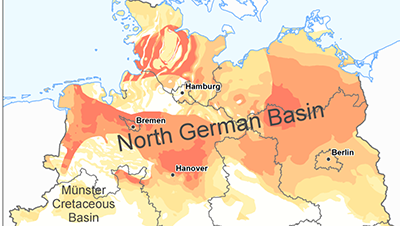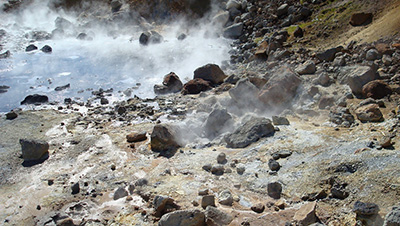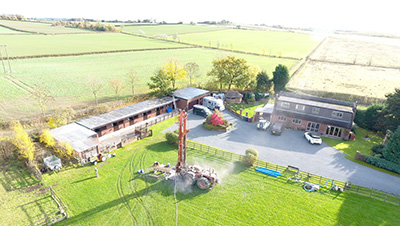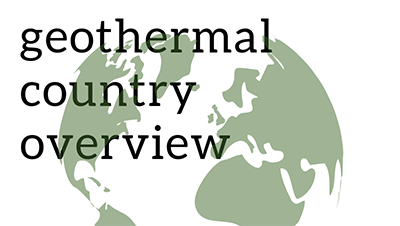Geothermal energy in Germany is divided into shallow (below 400 m depth), medium (between 400 and 1000 m depth) and deep (below 1000 m depth and exceeding 60°C) resources. Other classifications include, open (connected directly to groundwater source) and closed (with no direct contact between circulating heat carrier and reservoir fluids) geothermal systems.
In the case of shallow resources, which are commonly exploited with heat pump systems, geothermal heat can be extracted from ground heat collectors, borehole heat exchangers (also in piles) or shallow groundwater wells. Energy from shallow geothermal resources is an already approved and widely used option for the base-load heating as well as cooling of residential, industrial and commercial buildings across Germany. High reliability of shallow geothermal energy applications is demonstrated by more than 300,000 near surface installations.
Deep geothermal resources in Germany include the following:
- Low enthalpy hydrothermal systems, especially in doublet systems, with aquifers of temperatures between 20 and approximately 100°C,
- Petrothermal systems which utilize thermal energy without naturally occurring fluids and/or low reservoir permeability, such as Enhanced Geothermal Systems (EGS) or Hot-Dry-Rock (HDR) systems,
- Deep Borehole Heat Exchangers (DBHE), which can be drilled directly for such purposes or reconstructed from already existing negative or abandoned petroleum wells, exploiting geothermal heat via circulation of a heat carrier in a closed-loop system.
The most important regions for deep geothermal resources exploitation are the North German Basin, the Upper Rhine Graben as well as the South German Molasse Basin, where geothermal heat can be used directly due to high, conduction dominant, geothermal gradients. The majority of deep geothermal projects are located in southern Bavaria due to the most favorable geological conditions. There is growing interest in utilizing geothermal energy from abandoned coal mines, especially in the Ruhr region of Germany. The first combined geothermal heat and power Organic Rankine cycle (ORC) plant in Germany was established in the municipality of Neustadt-Glewe, where thermal waters of around 90°C were produced. As for 2018, 34 geothermal energy plants were operating in Germany, of which:
- 25 produce heat
- 4 produce electricity
- 5 are combined heat and electricity geothermal plants
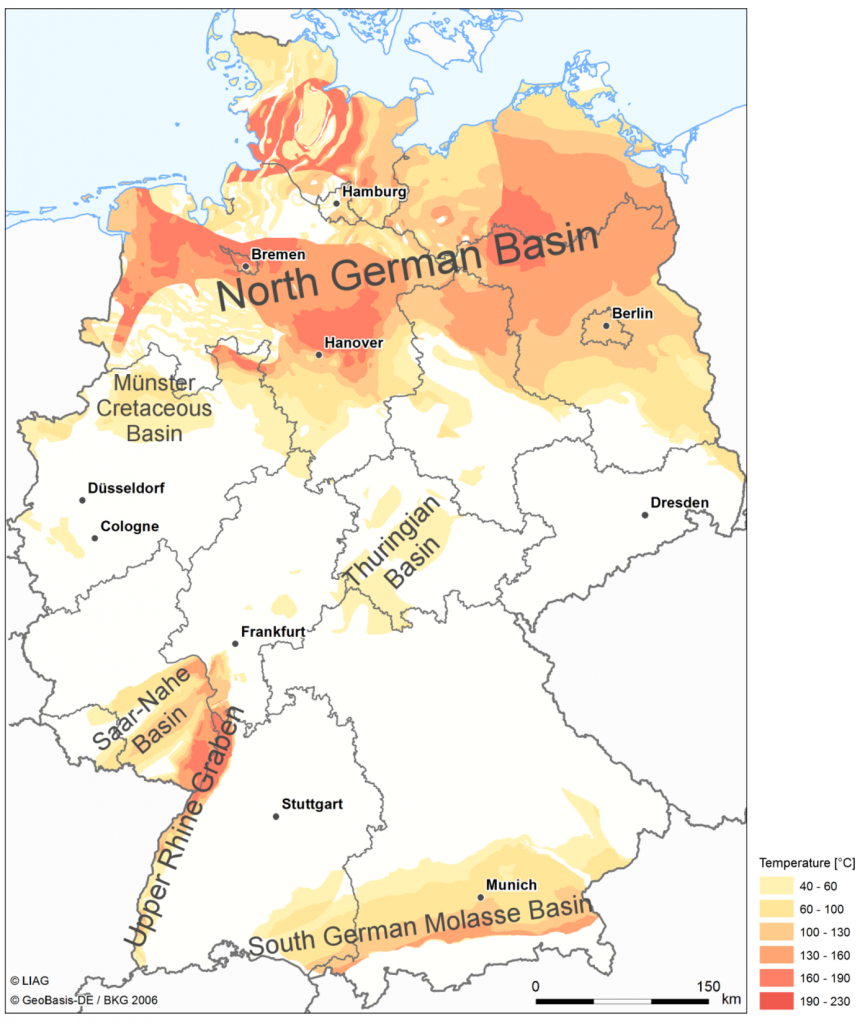 Fig. 1. Hydrothermal resources of Germany (source: Leibniz Institute for Applied Geophysics, 2012)
Fig. 1. Hydrothermal resources of Germany (source: Leibniz Institute for Applied Geophysics, 2012)
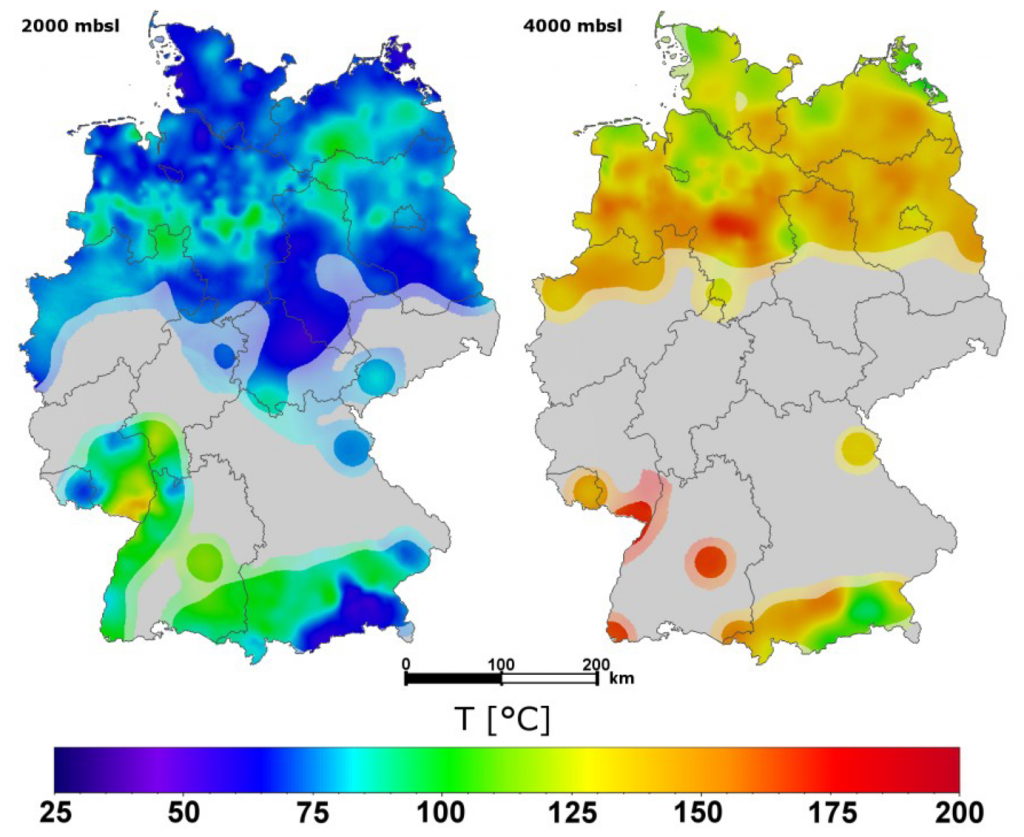 Fig. 2. Subsurface temperature distribution for deep geothermal energy utilization in Germany (Agemar et al., 2014)
Fig. 2. Subsurface temperature distribution for deep geothermal energy utilization in Germany (Agemar et al., 2014)
This concludes the first Geothermal Country Overview blog post in our series. Check back weekly as we post our next country update!
#GeothermalCountryOverview #Geothermal #GeothermalFactsandStats
Sources:
Josef Weber, Britta Ganz, Ruediger Schellschmidt, Burkhard Sanner and Ruediger Schulz, Geothermal Energy Use in Germany, Proceedings World Geothermal Congress 2015 Melbourne, Australia, 19-25 April 2015
Agemar, T.; Weber, J.; Schulz, R. Deep Geothermal Energy Production in Germany. Energies 2014, 7, 4397-4416
www.nortonrosefulbright.com (access on 16.03.2019)
Author: Michal Kruszewski

